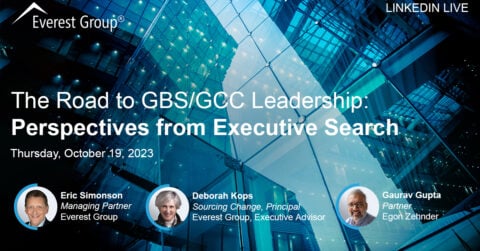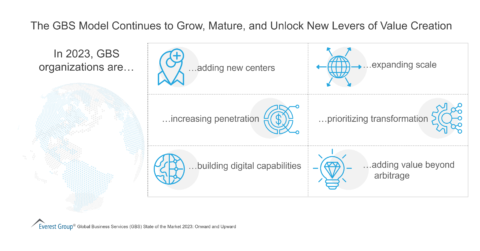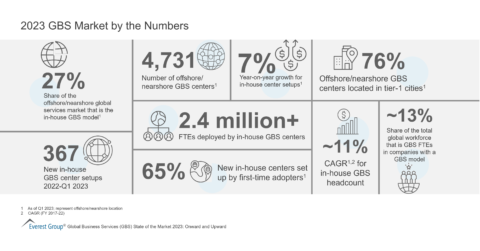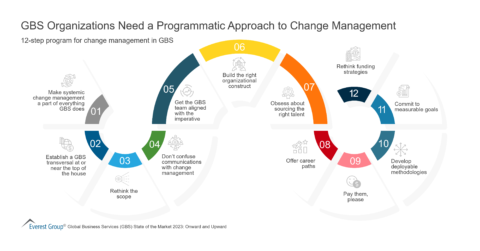Filter
Displaying 61-70 of 297
The CPG and Retail GBS Market: Priorities, Opportunities, and Challenges | LinkedIn Live
On-Demand LinkedIn Live
1 hour
The Road to GBS/GCC Leadership: Perspectives from Executive Search | LinkedIn Live
On-Demand LinkedIn Live
1 hour
How Enterprises Can Leverage Provider Support to Maximize GIC Potential | Webinar
On-demand Webinar
1 hour












